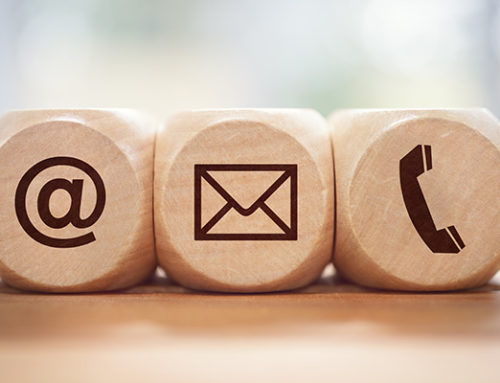 How many times have you opened up a direct mail piece you got in the mail, only to be disappointed with what you found inside?
How many times have you opened up a direct mail piece you got in the mail, only to be disappointed with what you found inside?
Direct mail is not a cheap venture, therefore we shouldn’t treat it as a cheap trick either. You may be able to fool someone into opening an envelope but you need to follow through with the rest of the elements, especially the letter.
Once you disengage the reader, it’s hard, almost impossible to get them back. You don’t want to spend all that money for nothing do you?
There are rules to follow for writing an effective sales letter. Not every rule though needs to be applied to every letter as it really depends on the context of the offer.
With that said, I’ve pulled the following rules from an article from targetmarketingmag.com on “The 14-Step Formula for Writing the Perfect Sales Letter”. Consider using these (or most of them) in your next sales letter, or check these against your past sales letters to see if you’re on the right track:
- Consider using a headline or Johnson Box. Not every letter will have these elements, but they are ideal for telegraphing your offer or a clear benefit statement. Just remember that they make your letter look less personal and more like advertising.
- Use an appropriate salutation. Personalization is best when you can do it. Otherwise, use a salutation that connects with the reader as closely as possible. “Dear Friend” is safe but general. “Dear Cat Lover” is more targeted and specific. If you’re mailing to a business audience, use the occupational or professional title.
- Make your first sentence short and attention-grabbing. You must instantly involve the reader. Make a startling statement. Hit an emotional hot button. Or just state the offer and get to the point. This last approach is often the best tactic and offers the least room for error. Subsequent sentences should expand on this first sentence to pull the reader into the body copy.
- Present your offer on page one. If you don’t give your offer in the headline or first sentence, you should put it somewhere on page one. Be clear and specific about what your reader will get by responding.
- End the first page in mid-sentence. Whether it’s curiosity or an urge for “closure,” cutting a sentence in two at the bottom of a page helps encourage the reader to flip the page and finish the sentence—and, you hope, keep reading. You can also use this technique on successive pages where the reader must turn the page or go to a separate sheet.
- Keep your copy on track. You’re not writing a novel, but your main idea should be a thread that weaves through the whole letter. At minimum, present your theme on page one and end on a similar note on the last page.
- Make the body of the letter work hard. If you’ve grabbed your reader’s attention and generated interest in your offer, follow immediately with benefits, details, word pictures, testimonials and proofs to eliminate doubt.
- Call for action. Quickly restate the main points of your offer and ask for the response you want—clearly and directly. Restate information on involvement devices, motivators, incentives, etc. Restate the big benefit.
- Make response easy and clear. How should the reader respond? Give your toll-free number. Explain the ordering process one-two-three.
- Guarantee your offer. Assure the reader that there is no risk. State your guarantee in strong terms. This should directly follow your call to action.
- Stress urgency. Why should the reader respond now? Is it a limited-time offer? Are supplies limited? Are prices going up soon? Give a logical, sensible, honest reason why this is the best time to respond. And be clear about what will happen if the reader does not respond—the lost opportunity, the consequences.
- End the letter when you’re finished. Just as you shouldn’t have a long wind up at the beginning of a letter, you shouldn’t prattle on at the end. End a letter as bluntly as you began it. Often this is a quick restatement of your instructions for responding or a simple “thank you.”
- Have the right person sign your letter. Your letter should be signed by the highest authority person available or by someone relevant to the reader. Ideally, the signature should be in blue ink. (Hint: Consider how the signature looks. Does it suggest confidence and believability, or is it shaky and uncertain?)
- Use your P.S. effectively. The postscript is one of the most-read parts of a letter. It should present an important message, a prime benefit, a restatement of the offer, a reminder of the deadline, a sweetener, or whatever you feel is most effective in this prime spot. Some call the P.S. a headline at the end of the letter. Ideally, it should be short—one to three lines long.
Remember, not every rule needs to be applied. However, following these rules and applying the right ones will surely make your direct mail letter better and ultimately more responsive.






